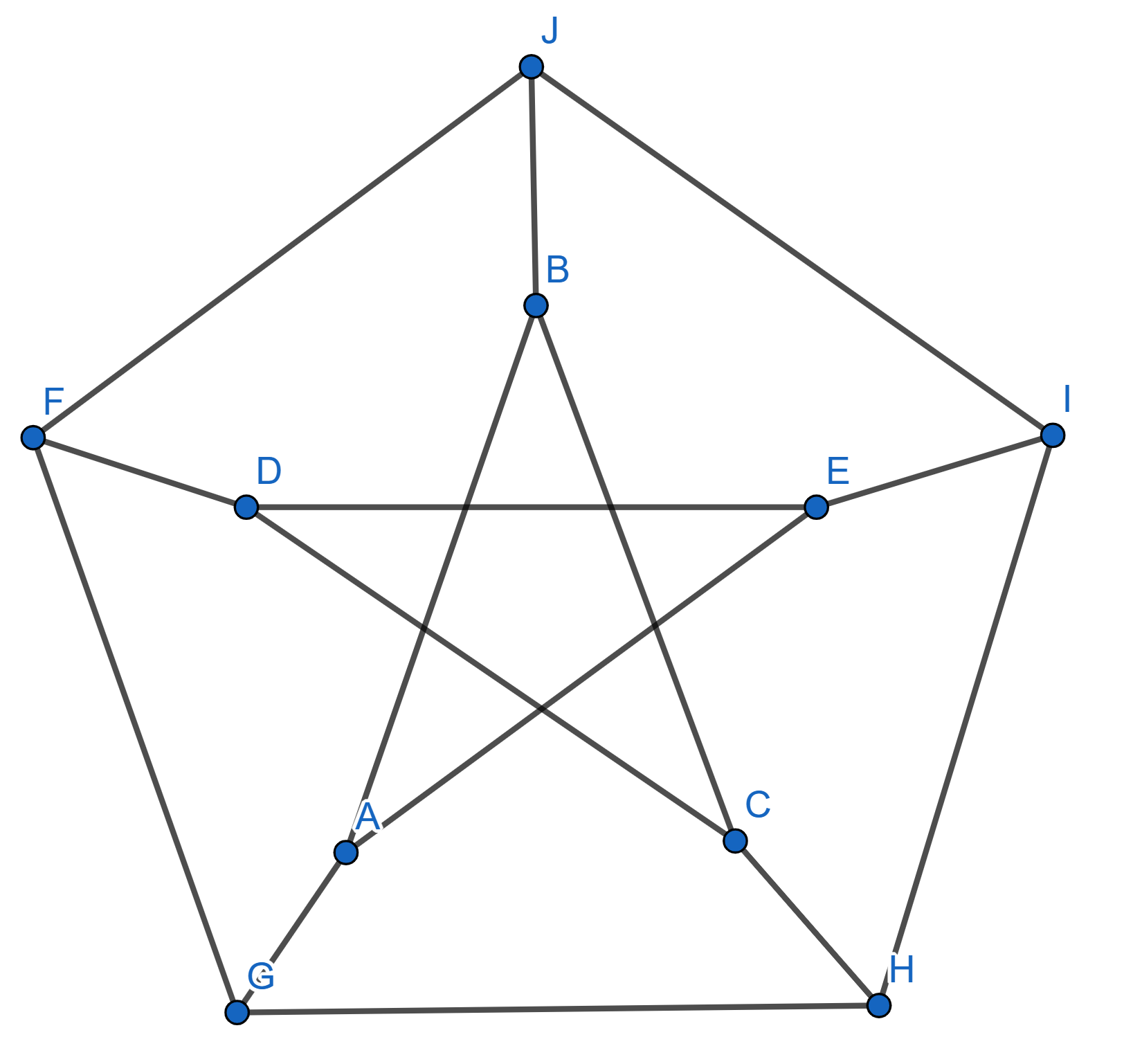Problems
Monet has coloured a plane. He wants to colour the entire plane in such a way that each straight line can only have points of three or fewer different colours. Show that he can use however many different colours he wants and still be able to achieve this goal.
Frida colours the plane. She decided to use \(9\) different colours, but she wants to colour the entire infinite plane in such a way that if two points are distance \(1\) apart, then they must be different colours. Show that this is always possible.
Mondrian coloured the vertices of a regular pentagon. He used only red and blue. Show that there are three vertices of the pentagon which are all the same colour and form an isosceles triangle.
Artemisia coloured the plane with red and blue crayons. Show that there is an equilateral triangle with all vertices of the same colour somewhere on the plane.
Andy used two colours to colour the plane, red and green. Show that there is a segment of length \(1\) whose endpoints are the same colour.
Find the minimum number of colours Raphael needs to paint the following figure in such a way that no connected points are of the same colour.

On the green and red coloured plane, show that there is always a rectangle whose vertices all have the same colour.
Hokusai uses \(7\) colours to colour the entire plane. Show that there is a way to colour the entire plane so that any two points with distance \(1\) between them must have different colours.
Tracey wants each straight line on the plane to only consist of points of two or fewer colours. What is the maximum number of colours she can use to colour the plane?
Georgia decided to only colour grid points - points where lines meet on a sheet of square grid paper. She used red and blue crayons, each at least once. The distance between adjacent grid points is \(1\). Show that there is always a segment of length \(5\) whose ends are different colours.